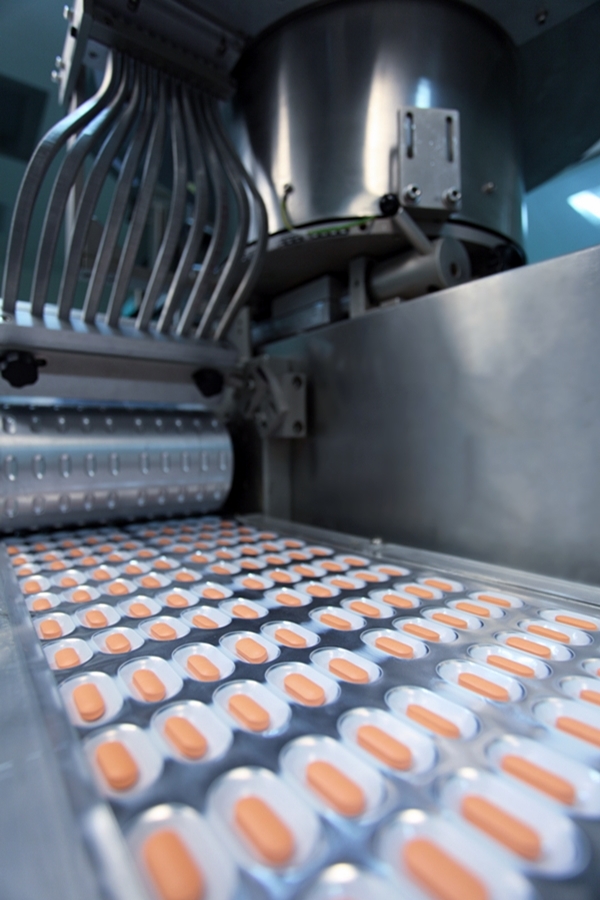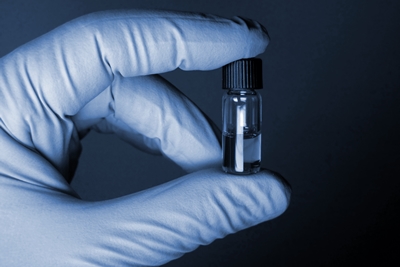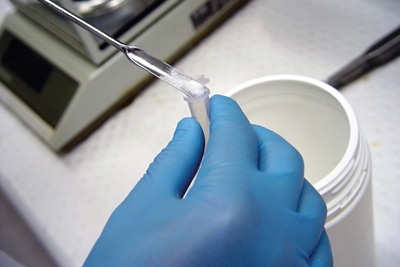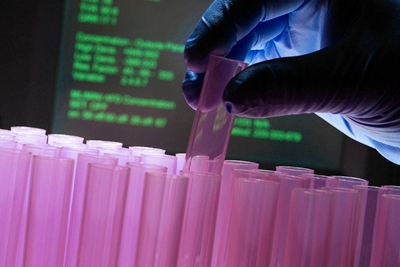RESOURCES Process Validation
Process Validation
Process validation is a documented evidence that a method operated within established parameters will consistently produce end results that meet required specifications.
Types of Process Validation

Prospective Validation
Prospective Validation is performed during the development of an API by means of analyzing all factors which may affect the quality of the product. Risk based approach must be taken into consideration based on past experiences to determine critical situations during product development.
Identifying possible critical situations and ruling out potential causes are the first steps of prospective validation. Next, trial plans are executed to acquire an overall assessment. Acceptable results means satisfactory process. Unsatisfactory processes proven by failing results must be further investigated. Analyze which steps require modification to improve the process until acceptable results are achieved.
Three consecutive successful production batches should be used as reference for prospective validation. A complete prospective validation is required for all API before commercial distribution. Nonetheless, there are exceptions wherein additional process runs are accepted to prove consistency of the process and other validation approaches. This applies for complex API processes with prolonged completion times.
Concurrent Validation
This type of validation is carried out during normal production. The first three production scale batches must be comprehensively monitored during validation. Specifications of subsequent in-process and final product tests will be based on the evaluation of the results. Monitoring of these three batches are sometimes considered as prospective validation.
Concurrent validation is only effective if the concepts of each step are fully understood which will result to a successful product development. This is also applicable for API batches produced infrequently and API batches produced by a validated process that has been modified.
Final drug product may be commercially distributed prior to the completion of concurrent validation in the instance that thorough monitoring and testing of the API batches were performed.


Retrospective Validation
Retrospective validation serves as an evidence to confirm efficiency of an existing process for an API. It is not considered as a quality measure and cannot be applied to a new product or process. Retrospective validation includes examination of past experiences of production, assuming that all parameters: formulation, procedures, facility and equipment are not changed. This is usually conducted for companies where validation requirements are first introduced or when there is a need to establish priorities for the validation program.
A trend analysis is performed during retrospective validation to identify the extent to which process parameters are within the acceptable range. Recorded failures during production are also being reviewed to determine the limits of process parameters. Positive results obtained from retrospective validation prove that the process does not require immediate modification and may be validated in accordance to the normal schedule.
General data from ten to thirty consecutive batches should be examined for retrospective validation to assess process consistency. Thus, fewer batches maybe examined if justified.
Revalidation
Revalidation is required for processes that had changes, whether intentional or unintentional, but do not adversely affect method characteristic and product quality.
Revalidation is subdivided in two categories: revalidation after change and periodic revalidation. Changes in equipment, facility, step or parameter in product processing and physical change in the characteristic in any of the starting material must be revalidated by a qualified validation group to gauge the significance of the said change to product quality.
On the other hand, even when there is no official change in a process, periodic validation is scheduled in a timely manner assuming that changes may gradually occur even if experienced personnel are complying in the established methods. Anticipating that an equipment wear and tear may also exhibit changes, periodic validation helps in determining its effect in product quality. Trend of the historical data of a product pulled out from a set of batches must be carefully reviewed to identify if there are manifestations of change, in what step they occurred and to what extent they have affected the quality of the product.






